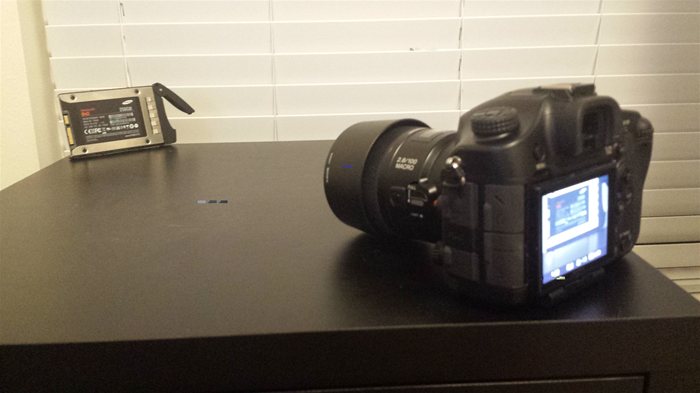
Sony a99 SLT vs a900 DSLR Low Light Performance Review
Posted on Jun 2, 2013 by
Paul WhiteI recently upgraded from a Sony a900 DSLR to the Sony a99 SLT. The primary reason for my upgrade was because I needed to do HD video work (1080 60P), but I also needed a camera that would perform well in low light. I have a lot of clients who are in the nightclub and
entertainment industry. Having a camera that can capture the mood of a low light atmosphere is very important.
Of course before I started doing video work, my primary concern was low light performance, and the biggest question I had was how big of a difference is there between the low light High ISO performance of the Sony a900 and the Sony a99. To summarize there is a huge difference, and I feel the upgrade was worth every penny. Read more for detailed side by side shots.
Why Low Light High ISO photography is hard
The entry level
cameras, and even the prosumer level
cameras simply do not perform well unless there is plenty of light. For many of them once you push your ISO above 800, you get images filled with noise. Over time High ISO performance has gotten better, but still its a niche that is dominated by the Full Frame DSLRs.
When you get your first DSLR, you spend a lot of time determining what your camera can and can not do. This typically pushes you to get new
lenses. Eventually you find yourself shooting with an F1.4 lens, and a paper thin Field of focus, You push your camera's ISO up to the max and still are not happy. This forces you to upgrde camera bodies.
My own DSLR evolution began on a Sony a100 ( Sony's first DSLR ), Then I upgraded to an a700, Then the a900, then finally the a99 ( current flagship from Sony ). Each time the primary reason for the upgrade was for better HIGH ISO low light performance.
Is the upgrade from the a900 to the a99 worth it?
Yes. Autofous is faster, and performs very accurately in low light. And It shows almost no noise even at 25,600 ISO. But of course this is just here say. So to prove it, I have setup a benchmark to really show off how the two
cameras perform in low light.
Sony a900 vs Sony a99 Benchmark
The following are the parameters used in this test. I choose these parameters because they are similar settings to what photographers might use in a nightclub.
Aperature: F2.8
Shutter: 1/60 second
White Balance Auto
Center Spot Focus
Dynamic Range Optimization Off ( to keep things even )
Lense: Sony F2.8 100mm Macro
The typical lense for Nightclub
photography is a wide angle 24 - 70 or similar set at F2.8 for maxium light, and the shutter is set to 1/60 to help freeze the action. But since I am shooting at such close range to my subject I decided to use my 100mm macro for better focus. The photos were taken about 16" from the target, and ISO was set at 400, 800, 1600, 3200, 6400, 12800, 25600 ( last 2 ranges only available on a99 ). The target is an
SSD drive in its hotswap caddy, lights were turned off. The only lighting was from my computer's Screens ( very minimal ), and there was no
flash used. There also no editing or post production work on these photos. These are the JPG files right off the camera.
Please note the setup shown below is for visual purposes only and does not relfect the lighting conditions of the room.
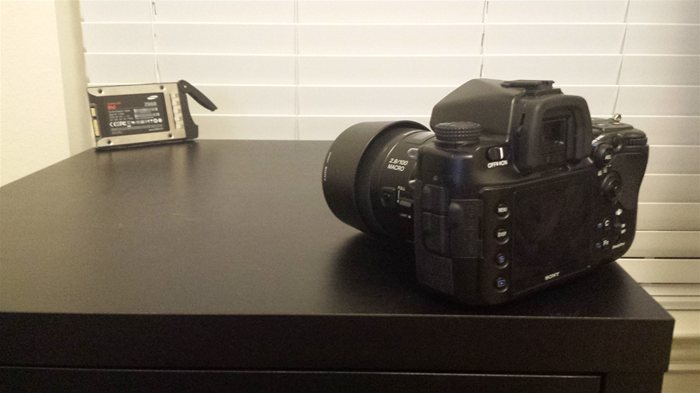
High ISO Side by Side Comparision: Sony a900 vs Sony a99
| | Sony a900 DSLR | Sony a99 SLT |
| ISO 400 |  |  |
| ISO 800 | 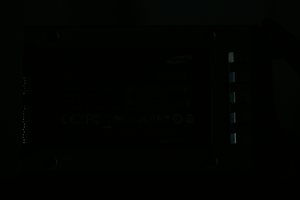 | 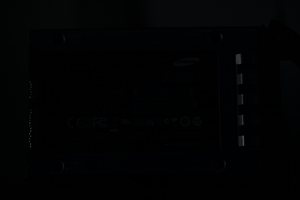 |
| ISO 1600 | 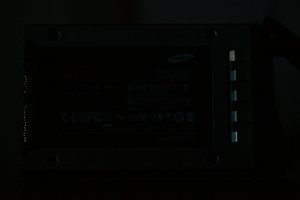 | 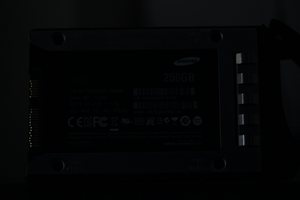 |
| ISO 3200 | 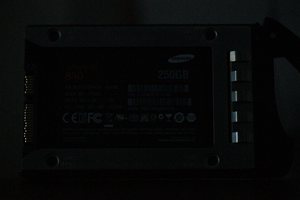 | 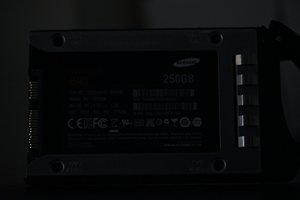 |
| ISO 6400 | 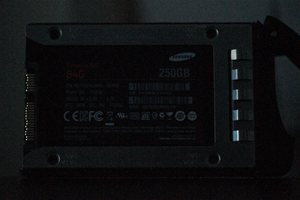 | 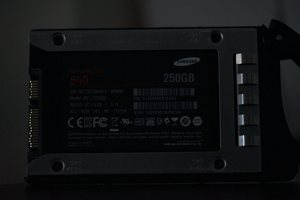 |
| ISO 12800 | Camera not cable of this ISO Level | 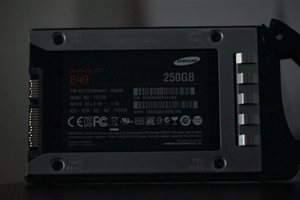 |
| ISO 25600 | Camera not cable of this ISO Level | 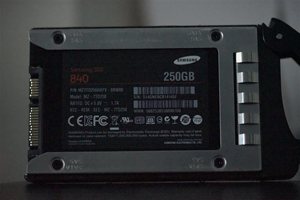 |
Cropped Comparisions
The following photos are cropped from the top right corner of each photo. I took a 1600 x 1600 crop, then uploaded them. The blog resizes them to 700 x 700. Even so its amazing to see Less noise on the Sony a99 at ISO 25600 than the Sony a900 at ISO 6400.
Sony a900 at ISO 6400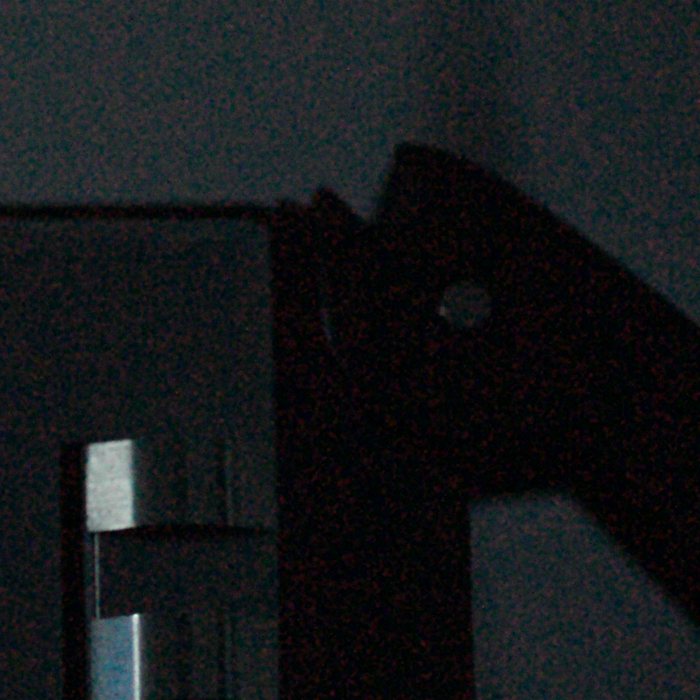
Sony A99 at ISO 6400
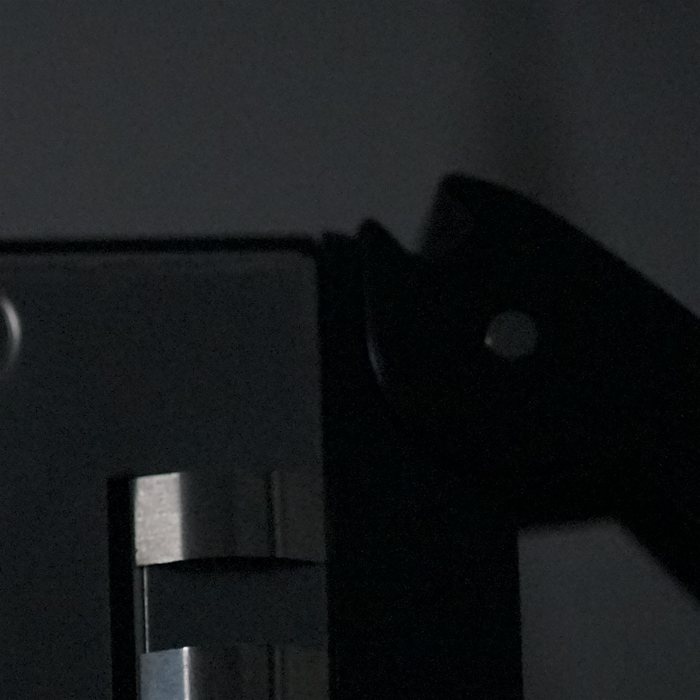
Sony a99 at ISO 25600
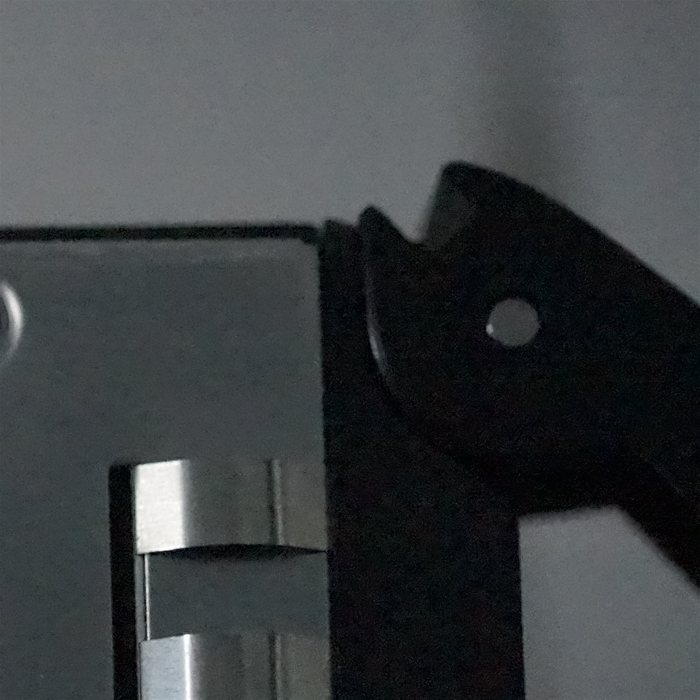
Conclusion
If you have been thinking of upgrading from your current Sony DSLR to the A99. I can honestly say its worth it.
The increased performance in High ISO
photography more than makes up for the price premium.
Discussion
No Comments have been submitted
 WhiteSites Blog
WhiteSites Blog














 Sony A99 at ISO 6400
Sony A99 at ISO 6400 Sony a99 at ISO 25600
Sony a99 at ISO 25600